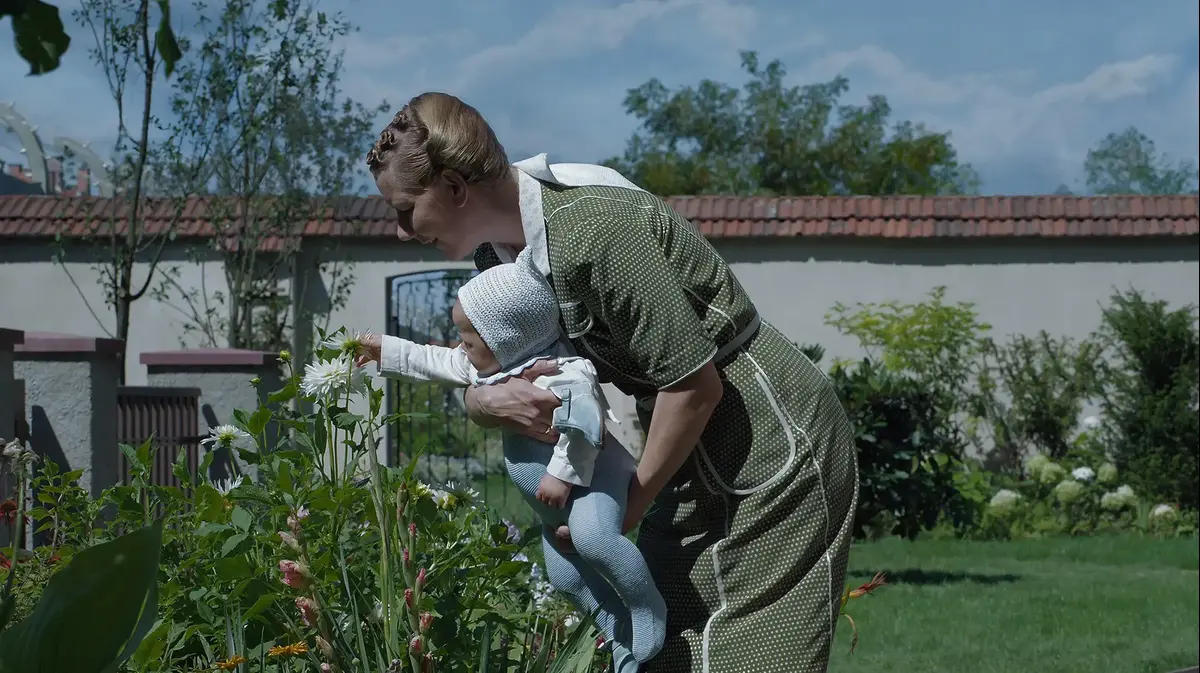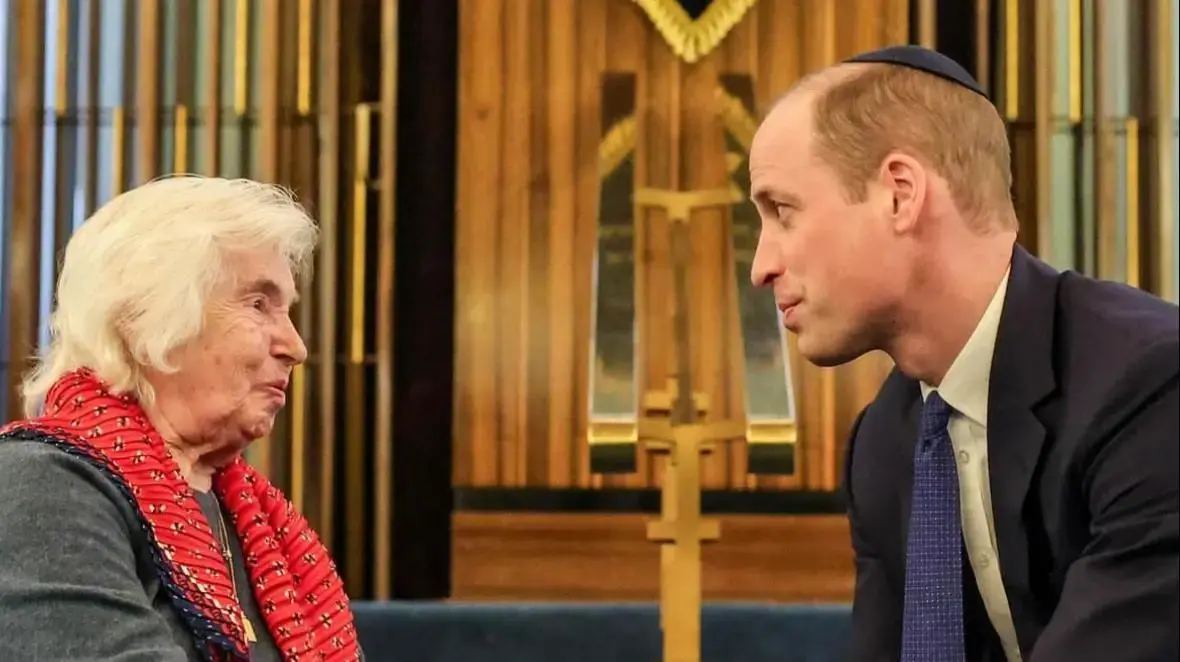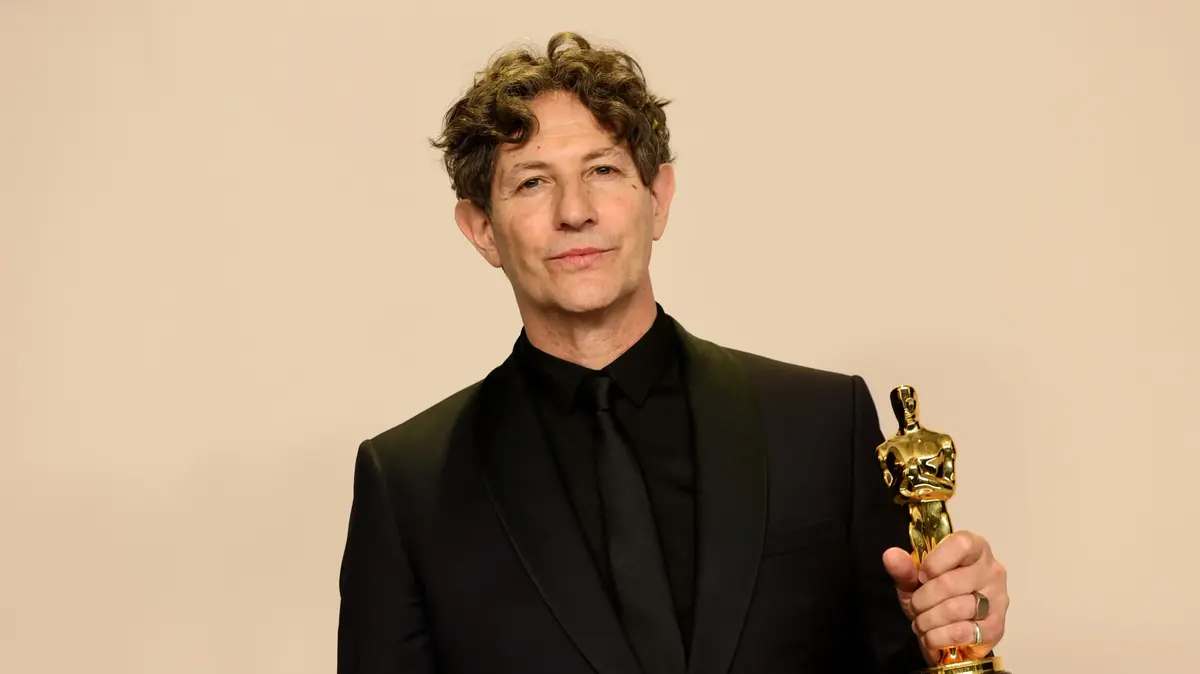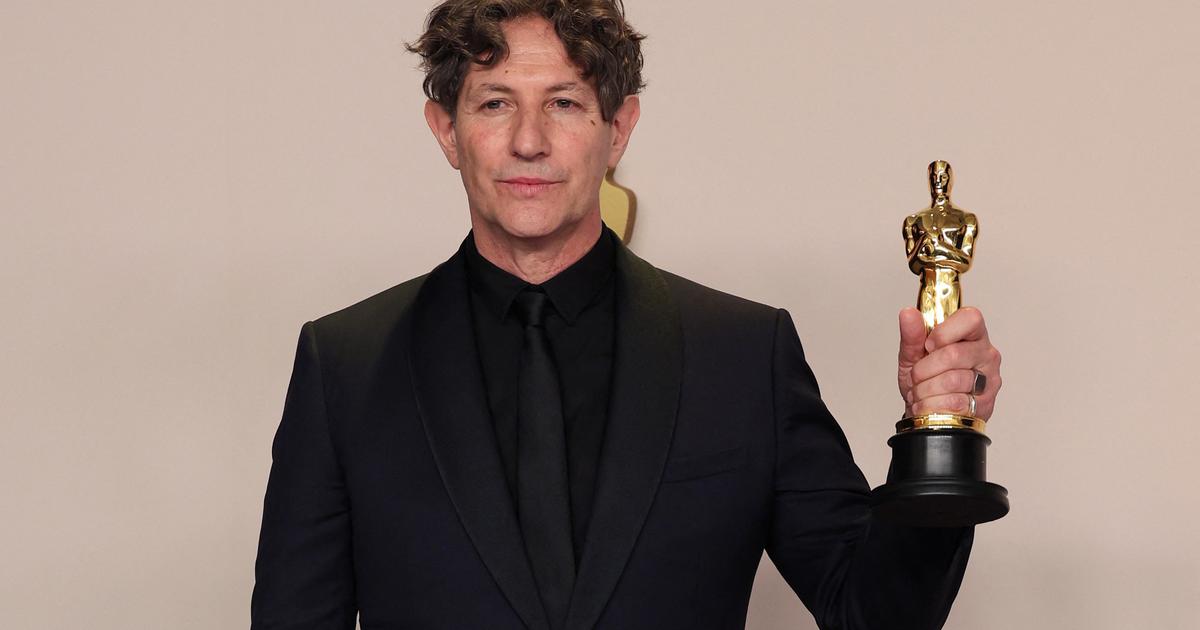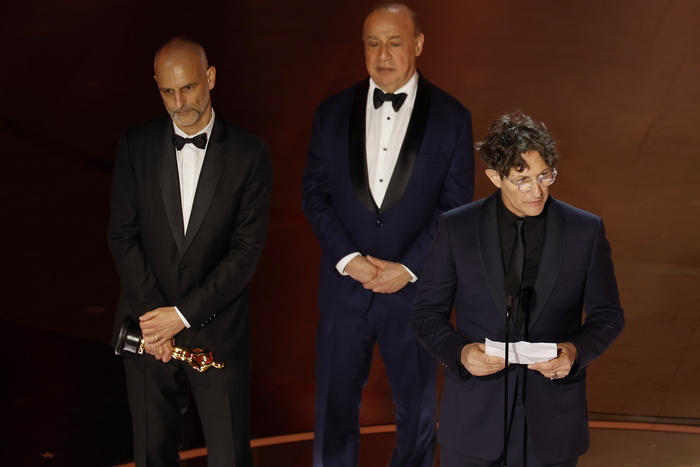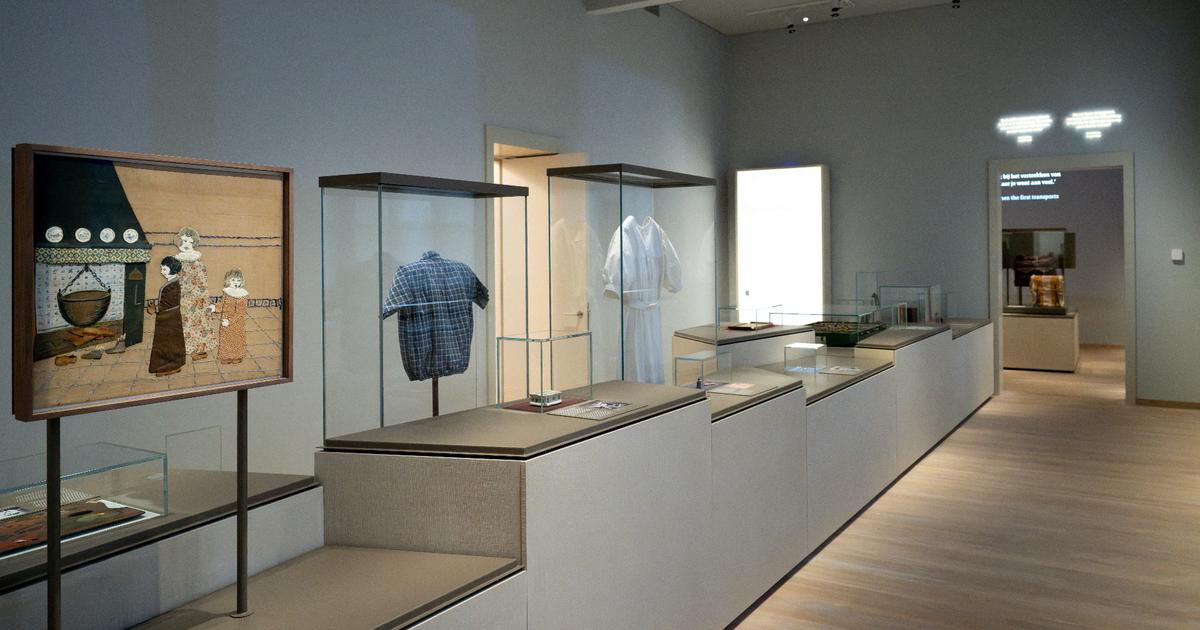Enlarge image
Excavations in Berlin on the grounds of the Free University (FU)
Photo: Bernd Wannenmacher / picture alliance / dpa
A few years ago, construction workers began excavating on the grounds of the Free University in Berlin Dahlem, and made a gruesome discovery: In a pit near the library, they came across a whole pile of bones.
The analysis of forensic medicine later showed that the remains of people were lying in the ground, individual bones from children, women, men, a total of 250 bones from at least 17 people of different ages.
Small plaques made of plastic were also found with handwritten numbers on them.
A suspicion quickly arose at the find, because it was made on historically polluted terrain: Here, on Garystraße, the Kaiser Wilhelm Institute for Anthropology, Human Heredity and Eugenics (KWIA) was once located.
It has a terrible history.
Until the end of the war, doctors and geneticists like Otmar Freiherr von Verschuer provided the supposedly scientific basis for the Nazis' racial policy. The institute was involved in numerous Nazi crimes, the notorious concentration camp doctor Josef Mengele, who did his doctorate under Verschuer, supplied the institute with blood, bones, organs or other remains of those murdered from Auschwitz, mostly Jews. Did the bones that were found also come from there and were therefore part of a Nazi crime? At least that is what some experts who have dealt with the case believe.
A fierce discussion has broken out about how to come to terms with and remember what is probably the most gruesome chapter of German research history. The FU-Berlin is accused of not taking proper care. "For Auschwitz survivors, it is more than clear that there is a Holocaust crime scene on the grounds of the Free University in Berlin," said Christoph Heubner, Executive Vice President of the International Auschwitz Committee in Berlin. One is outraged by the lack of clarification by the university management.
All the evidence in the case would point to Auschwitz and the "murderous collaboration" between Mengele and Verschuer.
"Auschwitz survivors therefore ask the urgent question why no further excavations were initiated and why the Berlin public prosecutor's office and those responsible for politics have not yet taken action," a statement said.
In fact, the bones found in 2014 were cremated at some point and buried anonymously - why is not known.
In 2015, however, another excavation and investigations took place.
Thousands of other bones, some of which were severely fragmented, and plaster casts of a man were found.
Most of the bones came from animals, and stables for laboratory animals once stood on the area.
However, some bones came from humans, at least 54, as the researchers were able to reconstruct.
They couldn't find out why the human remains had been buried there.
“It cannot be ruled out that some bones come from contexts that are directly related to National Socialist crimes.
However, the origin cannot be clearly reconstructed, ”the Free University of Berlin announced its preliminary results in February.
The dating of the plaster cast points to the period from 1917. »The exact origins of the remains cannot be determined.
However, we can state that they come from different origins «,
informed the archaeologist Susan Pollock, the head of the scientific team, the SPIEGEL.
However, it is clear that they come from the KWIA.
The institution was founded in 1927, but it also had collections that were older and still from the colonial era.
The mystery of the dating of the labels
But according to the historian and journalist Götz Aly, the excavation report, which has not yet been published, is supposed to be speculated about other pits with bones that are on the site.
The report also recommends digging further and systematically examining the entire area of the KWIA property.
That has not happened so far.
Aly accuses the university of not clearing up the case sufficiently.
In an article in the »Berliner Zeitung« he urged Berlin's mayor and other politicians to intervene in the matter and sees clear indications of a Nazi crime.
For example, the plastic brands are references to biological-medical preparations, as they were used in collections at the KWIA for cataloging.
Such labels were only used from the 1920s and could therefore not come from older collections.
Earlier anthropological pieces were written directly with ink or provided with numbered cardboard labels.
Chemical analysis could provide the answer
Archaeologist Pollock doesn't see it that clearly.
“The labels can't be dated exactly,” she says.
"It is clear that they were used within the KWIA." But the institution already existed five years before the Nazi takeover, and the collections of the anthropologist Felix von Luschan, for example, were kept there for a while - with human skulls and skeletal parts the colonial era.
"Exact chemical analyzes of the brands are still pending, which may help with a dating based on the material composition," says Pollock.
For Aly, another fact points to a holdover from the Nazi era: During the excavations it would have been shown that the pits with the bones were quickly dug and then closed again.
Perhaps they wanted to have evidence disappeared here before the Red Army took Berlin towards the end of the war, he speculates.
The FU-Berlin has now responded to his allegations.
One protests against Aly's portrayal of not wanting to clarify a possible connection with Auschwitz victims, it said in a message.
The university has always treated the bones with dignity and transparency.
In addition, they had consulted with the Central Council of Jews in Germany and the Central Council of German Sinti and Roma about how to deal with the finds and the methods of investigation.
The university also points out that more recent findings would point to a colonial origin for a large part of the bones.
There is no mention of new excavations.
Memorial site on campus
Pollock does not want to make decisions on this question dependent on the scientific or institutional side.
"Whether or not to continue digging should first and foremost be decided in consultation with the members of the potentially affected victim associations and self-organizations," she says.
As early as February, the FU had announced that it would set up a memorial on campus.



